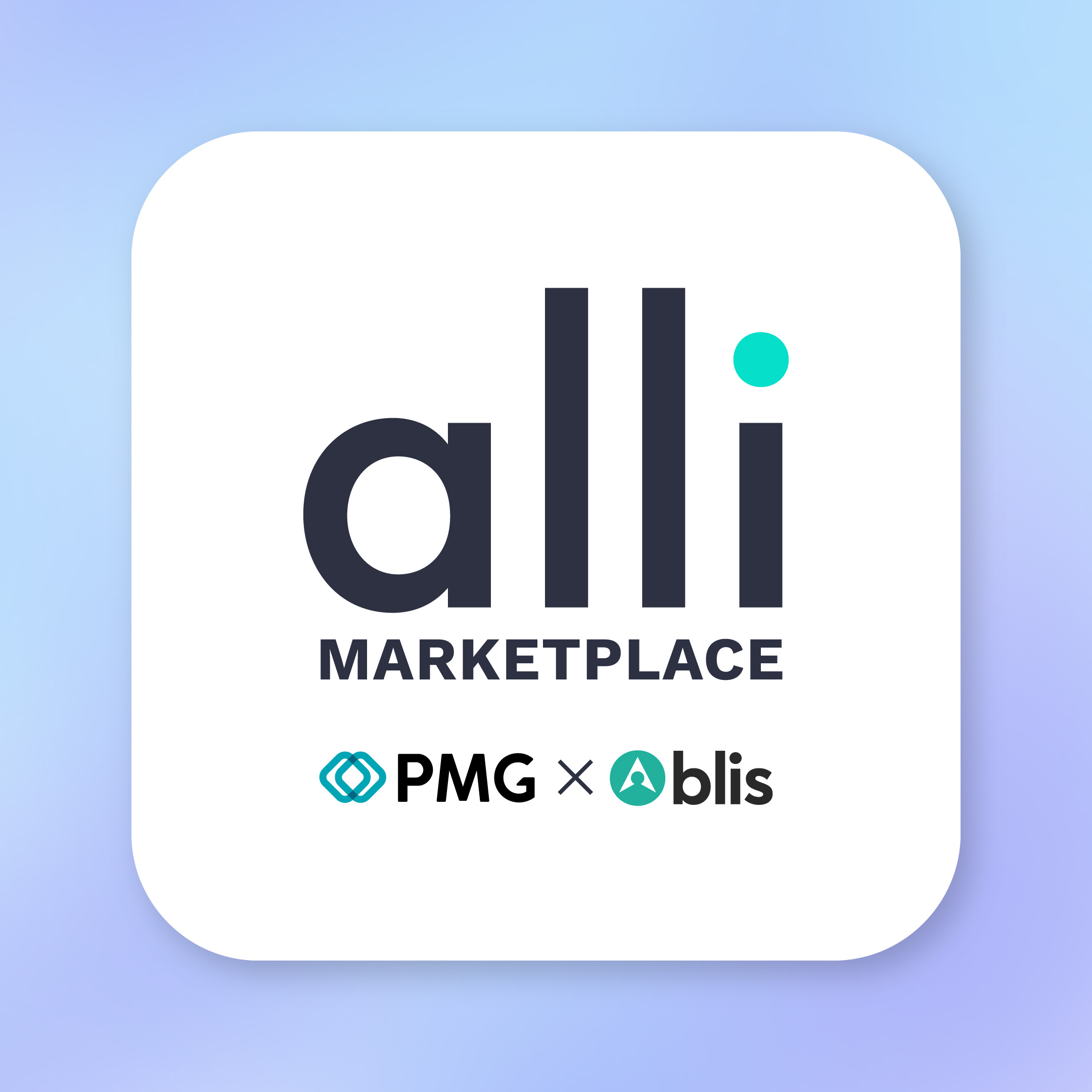The twentieth-century American engineer and statistician W. Edwards Deming once said, “Just because you can measure everything, doesn’t mean that you should.”
This applies to retailer struggles today as marketing executives need to decide what they should measure and how. Do they care about impressions, views or click-through rates? And once they figure that out, how can they make sure their ad dollars are really working? The Partnership predicts that ad fraud will cost brands over $16 billion this year alone, while Infectious Media suggests that over half of all digital ads aren’t seen at all.
Fortunately for retailers, there’s a new metric in town—one designed to eliminate waste and increase sales. With a cost-per-visit (CPV) model, retailers pay only when a consumer sees an ad and visits a specific location. Here are four ways retailers are benefiting from this cutting-edge new metric.
1) Increased Foot Traffic
With the National Retail Federation predicting eight to 12 percent e-commerce growth this year alone, no one can deny the rapid rise of online sales. However, 85 percent of consumers still prefer to shop in brick-and-mortar stores, where 94 percent of all sales are generated. That’s why it’s vital for retailers to keep their physical stores alive and continue to enhance their in-store experiences.
With the explicit goal of bringing visitors into physical store locations, CPV is a metric for retailers wanting to increase foot traffic—and pay only for successful conversions. While there are many ways to boost in-store visits, today’s leading location data solutions use predictive location modeling. With Blis Futures, we choose to charge on a CPV-basis because we are completely confident in this approach.
2) Greater In-store Sales
Driving consumers into brick-and-mortar locations may also encourage consumers to buy more than they anticipated. It gives retailers the opportunity to upsell consumers so they need to make sure they clearly advertise their promotional pricing, point-of-purchase displays and loyalty programs. Once you have a potential customer in the store, you can push tailored messaging in real-time and create personalized promotions. As anyone that has ever been into a Target retail location can attest – you may go in for one specific item but end up unable to leave the store for less than $100! So only paying when a consumer sees an ad and then visits a physical location reaps multiples rewards for a marketer.
3) Branding Opportunities
When retailers buy ads on a cost-per-visit basis, they don’t pay if the consumer sees the ad but doesn’t come into the store. That means the retailer also benefits from ad views and branding. In fact, a consumer may see the ad and make a purchase online rather than in-store, but the marketer still pays nothing for that conversion. At Blis, we are willing to take that risk and allow marketers “free” branding messages. Our confidence in the technology behind our CPV metric allows us to think of marketers first.
4) Risk-free Investing
CPV transfers the risk from buyer to partner, so retailers don’t have to worry about wasted ad spend: They’re making a completely risk-free investment. With free branding and zero downside, retailers have nothing to lose.
When Blis became one of the first tech partners to offer the CPV model earlier this year, we sent a critical message to both retailers and the wider industry: We’re ushering in a new era of transparency and accountability in advertising.
Check back again next week when we switch gears to discuss how retailers can use mobile to boost engagement, retention and acquisition.



